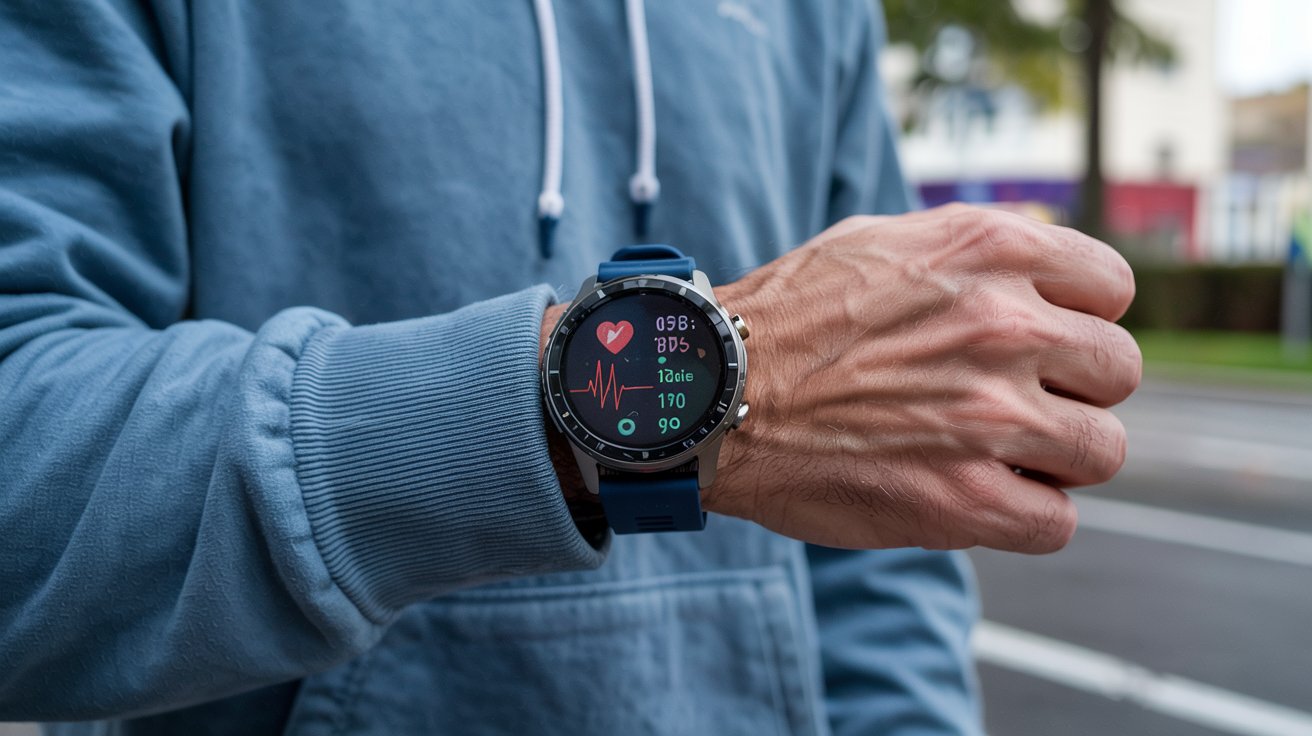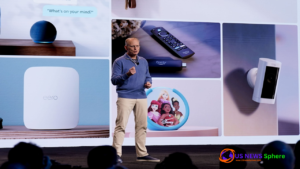The Future of Smart Wearables: How Technology is Changing Daily Life
Wearable technology is no longer a futuristic concept—it has become an essential part of modern life. Smart devices such as smartwatches, fitness trackers, AI-powered rings, and augmented reality (AR) glasses are reshaping how people monitor health, enhance productivity, and interact with digital environments. This article explores how these advancements are making life more convenient and efficient.
The Rise of Health-Focused Wearables: How They Improve Daily Life
Wearable technology is playing a crucial role in personal healthcare by enabling real-time health monitoring. Advanced smartwatches like the Apple Watch Series 9 and Samsung Galaxy Watch 6 provide continuous health tracking, helping users detect potential health issues early. Features such as ECG readings, blood oxygen level tracking, and irregular heartbeat alerts allow users to manage their health proactively.
One of the most significant breakthroughs in wearable health technology is continuous glucose monitoring (CGM). Devices from Dexcom and Abbott allow diabetic patients to track their blood sugar levels without constant finger pricks, providing a more comfortable and accurate way to manage diabetes.
Table: Key Health Features of Smartwatches
| Feature | Apple Watch Series 9 | Samsung Galaxy Watch 6 | Fitbit Sense 2 |
|---|---|---|---|
| ECG Monitoring | Yes | Yes | Yes |
| Blood Oxygen Levels | Yes | Yes | Yes |
| Heart Rate Tracking | Yes | Yes | Yes |
| Stress Monitoring | No | Yes | Yes |
| Sleep Tracking | Yes | Yes | Yes |
Fitness Trackers: More Than Just Step Counters
Modern fitness wearables have advanced beyond simple step tracking. Devices such as the Fitbit Sense 2 and Garmin Forerunner 965 measure detailed performance metrics like VO2 max, heart rate variability, stress levels, and sleep quality. These features allow users to optimize workouts and recovery, ensuring peak performance.
Another innovation in fitness tracking is WHOOP, a fitness tracker without a screen that provides AI-powered recovery insights. By tracking strain, recovery, and sleep, WHOOP helps athletes and fitness enthusiasts improve performance while avoiding overtraining.
Key Features of Fitness Wearables
Fitness Wearables
|
-----------------------------------
| | |
Step Tracking Heart Rate Variability Recovery Insights
| | |
Sleep Tracking VO2 Max AI-powered CoachingSmart Glasses and Augmented Reality (AR): Changing Digital Interactions
Smart glasses powered by augmented reality (AR) are transforming how people interact with digital content. Devices like Meta Ray-Ban Stories and Google AR Glasses offer hands-free experiences such as real-time translations, navigation assistance, and video recording.
Industries such as healthcare, logistics, and education are increasingly adopting AR wearables. For example, surgeons use AR glasses to access real-time patient data during operations, improving precision and efficiency. Similarly, AR glasses help warehouse workers optimize inventory management by displaying item locations directly in their field of vision.
The Role of AI in Wearable Tech: Smarter and More Personalized Devices
The integration of artificial intelligence (AI) in wearables has made them more intuitive and adaptive to users’ lifestyles. AI-powered smart rings, such as the Oura Ring, track sleep patterns, activity levels, and overall well-being, offering personalized health insights.
Wearable earbuds, like Bose Sleepbuds II, now include built-in biometric sensors that track stress levels and provide relaxation techniques. These innovations help users manage mental well-being, making wearables essential for a balanced lifestyle.
Table: AI-Powered Wearables and Their Functions
| Device | Function | Benefit |
| Oura Ring | Sleep tracking, HR monitoring | Personalized health insights |
| Bose Sleepbuds II | Biometric stress tracking | Improved mental well-being |
| WHOOP Band | AI-based recovery insights | Enhanced athletic performance |
The Future of Wearables: What’s Coming Next?
Wearable technology is evolving rapidly, with emerging trends that promise even greater convenience and innovation. Future advancements include:
- Smart clothing with embedded sensors that track muscle activity and hydration levels.
- Battery-free wearables that use body heat or solar energy for power.
- AI-powered virtual health assistants integrated into smartwatches to provide personalized health recommendations.
The global wearable tech market is expected to grow at a CAGR of 13.8% over the next five years, demonstrating the increasing adoption and trust in smart devices.
Conclusion: Why Wearable Tech is Here to Stay
Wearable technology is not just a trend—it is shaping the way people manage their health, fitness, and digital interactions. From AI-powered coaching to AR-enhanced experiences, smart wearables are becoming essential tools in modern life. With continuous innovation, wearable technology will only become more advanced and widely adopted.





